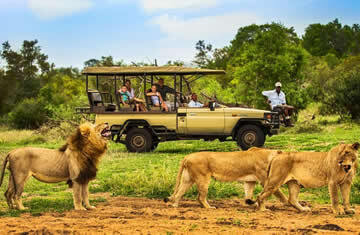
Photography Safaris in Kenya: Capturing the Perfect Shot
Kenya, a land of breathtaking landscapes and unparalleled wildlife, is a dream destination for photographers. From the golden savannahs of the Masai Mara to the iconic silhouette of Mount Kilimanjaro in Amboseli, every corner of this East African gem offers the chance to capture extraordinary moments. Whether you're a professional photographer or an enthusiastic hobbyist, a photography safari in Kenya promises an experience filled with awe-inspiring sights and unforgettable images.
In this comprehensive guide, we’ll cover the best destinations, wildlife photography tips, recommended gear, and more to help you make the most of your photography safari in Kenya.
Why Kenya Is Perfect for Photography Safaris
Kenya’s rich biodiversity, dramatic landscapes, and abundance of wildlife make it a haven for photographers. The country’s national parks and reserves are home to the famous "Big Five" (lion, leopard, elephant, buffalo, and rhino) and an array of other species, from vibrant birdlife to the rare Grevy’s zebra.
Key highlights include:
- The Great Migration: Capture millions of wildebeests, zebras, and gazelles crossing the Mara River, often with predators like crocodiles and lions lying in wait.
- Diverse Landscapes: From the rolling plains of the Masai Mara to the lush swamps of Amboseli and the arid beauty of Samburu, Kenya offers varied backdrops for stunning shots.
- Golden Light: Kenya’s soft morning and evening light is perfect for wildlife and landscape photography, offering natural, dramatic effects.
Top Photography Safari Destinations in Kenya
1. Masai Mara National Reserve
The Masai Mara is Kenya’s most famous safari destination, renowned for its incredible wildlife density and the annual Great Migration. Highlights for photographers include:
- Predator-prey interactions, including lion hunts.
- Stunning sunrise and sunset shots over the vast plains.
- Iconic Maasai warriors in traditional attire, offering cultural photography opportunities.
2. Amboseli National Park
Amboseli is celebrated for its large elephant herds and the iconic view of Mount Kilimanjaro.
- Capture elephants silhouetted against the snow-capped peak during sunrise.
- Document water birds like flamingos and pelicans in the park’s wetlands.
- Use the dusty plains for dramatic animal portraits.
3. Samburu National Reserve
Located in northern Kenya, Samburu is home to unique species like Grevy’s zebras, reticulated giraffes, and Somali ostriches.
- Photograph rare wildlife in their natural habitat.
- The Ewaso Ng’iro River offers serene settings for animal and landscape shots.
- Capture the vibrant cultural life of the Samburu people.
4. Lake Nakuru National Park
Famous for its flamingo-filled shores, Lake Nakuru is a bird photographer’s paradise.
- Take close-ups of flamingos and pelicans in the shallow waters.
- Spot and photograph rare black and white rhinos.
- Use the lake’s reflections for creative compositions.
5. Tsavo National Parks (East and West)
Tsavo is Kenya’s largest park, offering rugged landscapes and a sense of untamed wilderness.
- Photograph red-dusted elephants after their mud baths.
- Capture dramatic shots of predators like lions and leopards in unique settings.
- Explore the lush Mzima Springs for water and wildlife combinations.
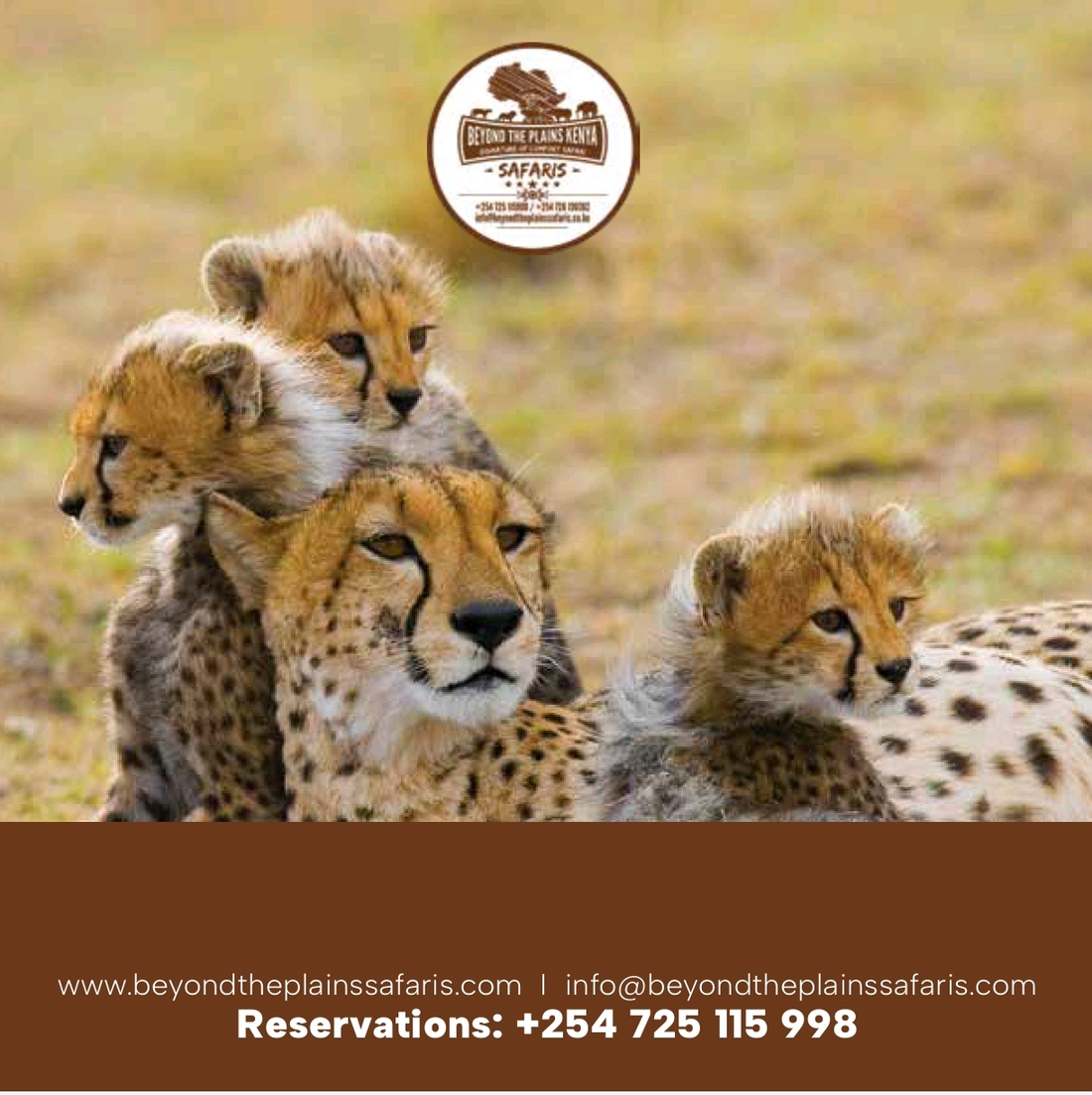
Tips for Capturing the Perfect Shot on Safari
1. Gear Up for the Wild
Having the right equipment is crucial for a successful photography safari.
- Camera: A DSLR or mirrorless camera with fast autofocus.
- Lenses: A telephoto lens (200-600mm) for wildlife and a wide-angle lens (16-35mm) for landscapes.
- Tripod/Monopod: Helps stabilize your camera for low-light and long-exposure shots.
- Extra Batteries and Memory Cards: Safaris can be long, so be prepared for extended shooting.
2. Master Your Camera Settings
- Use aperture priority mode for better control over depth of field.
- Set a fast shutter speed to capture fast-moving animals.
- Adjust ISO based on lighting conditions to avoid noise.
- Use continuous shooting mode for action sequences like predator chases.
3. Plan for the Best Light
The golden hours—early morning and late afternoon—offer soft, warm light that enhances photos. Midday light can be harsh, so use this time for resting or experimenting with shaded compositions.
4. Stay Patient and Observant
Wildlife photography requires patience. Wait for the right moment to capture animal behavior, such as a lion’s roar, an elephant herd crossing a river, or a cheetah in full sprint.
5. Respect Nature
Keep a safe distance from animals and avoid disturbing their natural behavior. Responsible photography ensures both safety and ethical practices.
Cultural Photography Opportunities
Kenya’s rich cultural heritage provides an additional layer of photography opportunities.
- Maasai Villages: Capture traditional Maasai beadwork, dances, and daily life.
- Samburu Culture: Document their vibrant attire and ceremonies.
- Markets: Visit local markets for colorful displays of produce and crafts.
Best Time for a Photography Safari in Kenya
The timing of your safari plays a crucial role in your photographic opportunities:
- Dry Season (June to October): Wildlife congregates around water sources, making animals easier to spot. This is also the best time to witness the Great Migration.
- Green Season (November to May): The landscape is lush and vibrant, ideal for scenic shots. This period also offers opportunities to capture baby animals and migrating birds.
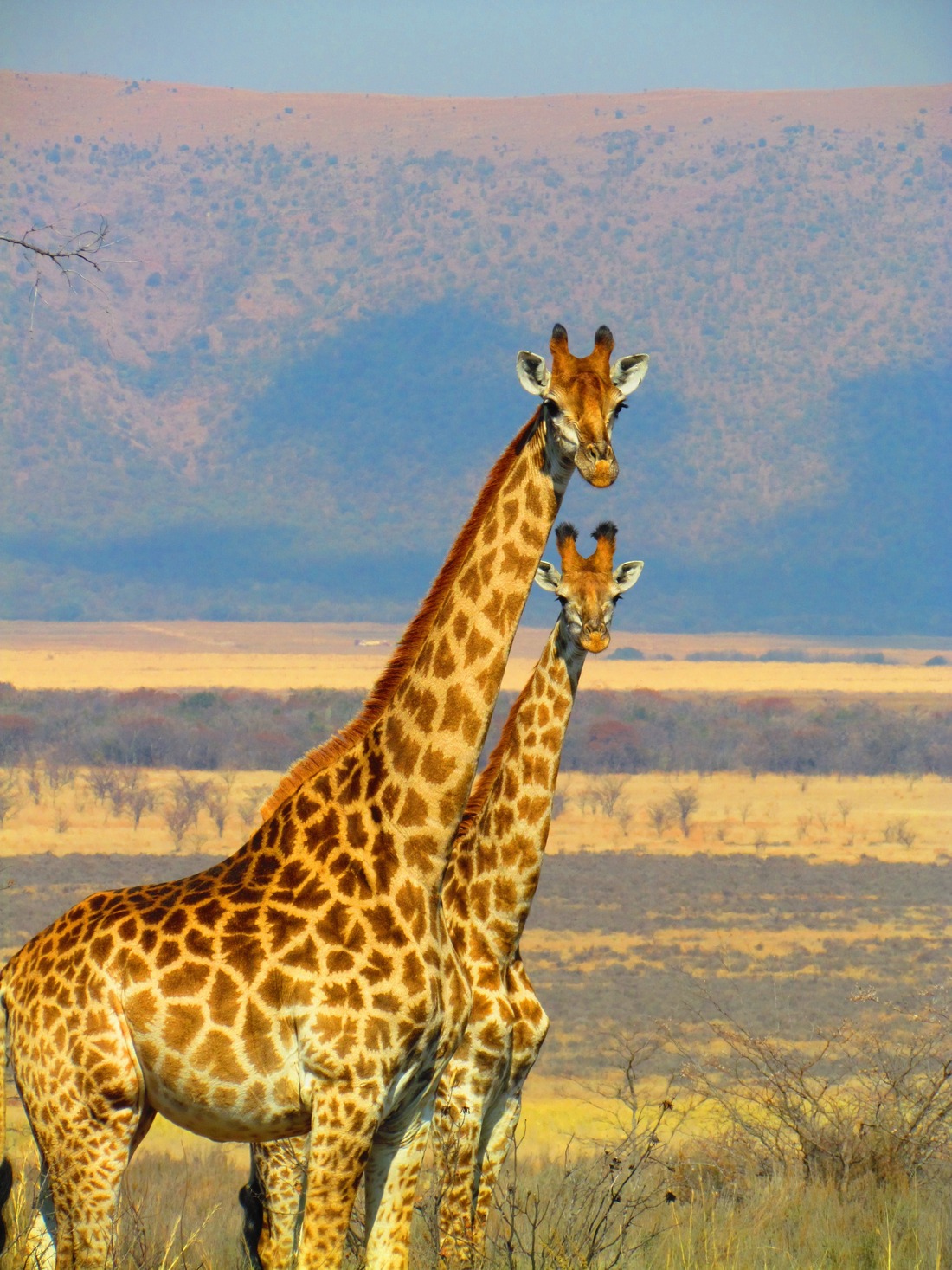
Where to Stay During a Photography Safari
Opt for accommodations that cater to photographers, such as lodges with photography hides or mobile camps close to wildlife hotspots. Top picks include:
- Mara Serena Safari Lodge: Panoramic views of the Masai Mara.
- Tortilis Camp in Amboseli: Stunning vistas of Mount Kilimanjaro.
- Saruni Samburu: Perfectly positioned for both wildlife and cultural photography.
Why Book a Guided Photography Safari?
A guided safari led by experienced guides and photographers enhances your experience. Benefits include:
- Expert advice on finding the best locations and wildlife.
- Support with camera settings and techniques.
- Access to exclusive areas and photography hides.
Conclusion
Kenya’s photography safaris offer a chance to capture the essence of Africa’s wild beauty, creating lasting memories through your lens. With its diverse landscapes, abundant wildlife, and unique cultural experiences, Kenya is a top choice for photographers seeking adventure and inspiration.
Whether you’re drawn to the thrill of the Great Migration, the majestic elephants of Amboseli, or the vibrant culture of the Maasai people, a photography safari in Kenya promises endless opportunities for the perfect shot. Start planning your dream safari today and let Kenya’s natural wonders inspire your creativity!

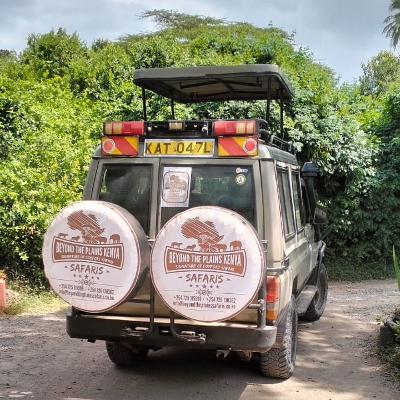
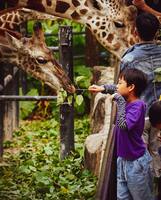
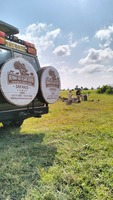
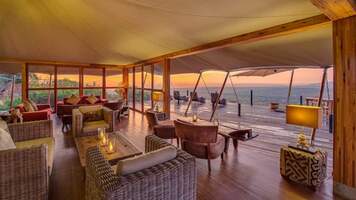
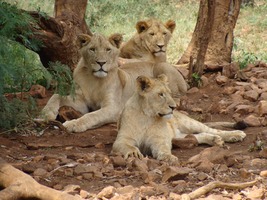
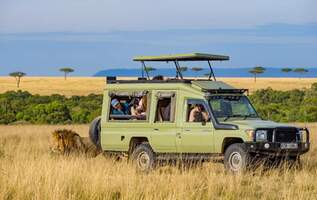
Leave Comment Below